Potholes, raised manhole covers, and curbs have destroyed many alloy wheels, but despite the claims of many tire shops, alloy wheels are frequently repairable, provided they are not cracked or fractured.
Assessing the alloy damage
Alloy wheels can bend or deform for any number of reasons, but it is not always possible to assess the damage accurately, unless the wheel is X-rayed to detect cracks and fractures. However, having a wheel X-rayed is often more costly than the wheel is worth, and since
modern alloy rims consist of an alloy of aluminum and nickel, chances are excellent that on low-end rims on family sedans for instance, there will be more aluminum in the alloy than there would be in the alloy wheels of your boss’s supercar. In practice, this means that unless your alloy rim is visibly cracked or fractured, there is a specialty tire shop in your town that can fix it.
Alloy wheels with a low nickel content are more amenable to straightening, since aluminum is relatively easy to bend if it is heated. On the other hand though, wheels with a high nickel content are extremely likely to crack, or even to fracture outright at the site of the deformation, so have this type wheel, which are mostly in the 16” and above range, checked by a professional wheel straightening company. It is impossible to tell exactly how much nickel is in any alloy merely by looking at the wheel, and this is true even for professional companies. As a general rule though,
the bigger the wheel, i.e., 16” and above, the more nickel can be assumed to be present. The amount of nickel in the alloy actually plays a bigger part in determining the strength, or resistance to deformation of a wheel than its design does, which is why SUV’s and supercars can have 19”, and even bigger rims without the rims deforming under the forces of even normal use on these vehicles. Thus, the more nickel in a wheel, the harder the wheel, but this comes at a reduced capacity to deform without fracturing, which means that
“softer” wheels with a lower nickel content may be repairable, even with extensive damage, while a “harder” wheel with more nickel, but with less damage may not be, so check with a professional in the field of alloy wheel repair before attempting any DIY repairs.
Alloy repair methods
Back in medieval times, when most men could fix most things, if not everything, and when wheels were all still made of simple steel, almost anyone in possession of a large hammer could knock the dents out of a wheel, albeit at the expense of trueness and accuracy/balance. Sadly, this is no longer the case, and nowadays,
the heavy hammer has been replaced by computer controlled machines that first measure the amount of deformation, then clamps the wheel, and then heats it before straightening it with hydraulic rams. The advantage in this system lays in the fact that the wheel is straightened in two planes, radially and laterally. This results in wheel that is sometimes more true than when it left the factory, but the downside is that it could cost more to repair the wheel than its replacement cost. Other repair methods, such as rolling the rim between two adjustable, shaped, and powered rollers to press the deformation back into shape, only addresses the radial axis, so while it is possible for the tire bead surface to be perfectly round and true, the rim might still be out of alignment with respect to its central hub. Which of course means that it will be impossible to balance, apart from the fact that it will cause uneven tire wear.
Backyard repair methods involve heating the deformed parts with acetylene torches before knocking the rim back into shape with a heavy mallet, and a piece of two-by-four to shield the metal against direct contact with the hammer. However, this method offers no guarantee of success, apart from the fact that the rim may develop cracks and fractures that may not be immediately visible or apparent. This of course means that the cracks you did not see at the time of the repair, could suddenly cause a catastrophic failure of the rim structure on the highway with your family as passengers in the vehicle. Do you get the picture?
Fixing minor damage
There is hardly a car in the country that does not bear the
signs of having made contact with curbs on its alloy wheels. This type of damage is easy to repair, with wheel restoration kits being the perfect solution, one such kit being the Permatex 09142 kit. The pack usually contains everything you will need- sand paper in various grades, cleaning agents, epoxy-type adhesives to fill the scuff marks, and even in some cases, a suitable primer to apply over the repair before applying the matching colour coats.
There is nothing complicated about repairing this kind of damage, but the use common sense is very often of more value than the enclosed instructions. You can also take a look at our blog posts on
caring for your alloy wheels For one thing, it is imperative that the area to be repaired is cleaned properly, or the epoxy might not stick, or the primer and paint may run. Also important is the
effective masking of the work area to avoid overspray on the tire, which might be impossible to remove- but this is often dependent on the quality of the paints used, and directly related to the cost of replacing the tire. The more expensive the tire, the bigger the chance you will not be able to remove the overspray, so be careful. Basically, the process involves smoothing down the scuffed area to level all the raised spots, then
cleaning and filling the low spots with the epoxy. If this is done correctly, the epoxy is sanded down after curing to match the surrounding area, after which the area is primed and painted with several thin coats to avoid the possibility of the paint running, blistering, or not matching the surrounding area. If the repair is done properly, it should be almost invisible; however, it is always a good idea to
wear suitable safety equipment during a repair of this type. Always wear rubber gloves to protect your skin against contact with the harsh chemicals used for cleaning, and a suitable mask during spray painting to avoid inhalation of paint and fumes.
A final word…
There you have it- you do not always have to replace bent or damaged alloy wheels, but for all that, do not assume that all damaged alloy wheels are repairable. Always check with a reputable, and professional wheel straightening company first, and take their word for it if they say a wheel cannot be repaired. Your safety, that of your family, and everybody else on the roads may depend on it.














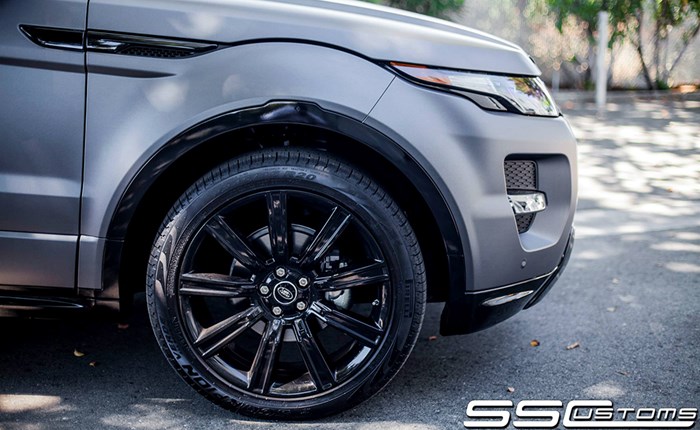
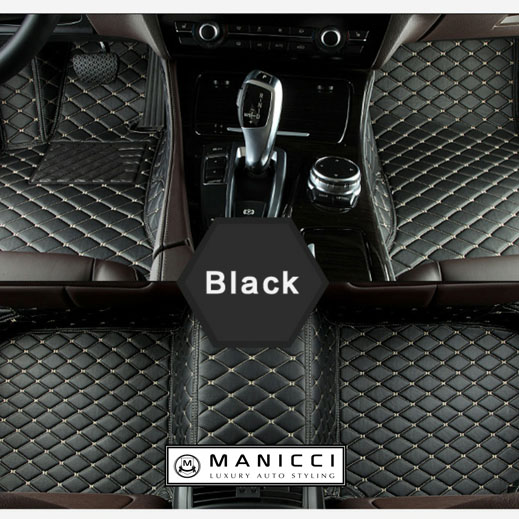 Luxury Fitted Car Mats £229.99
Luxury Fitted Car Mats £229.99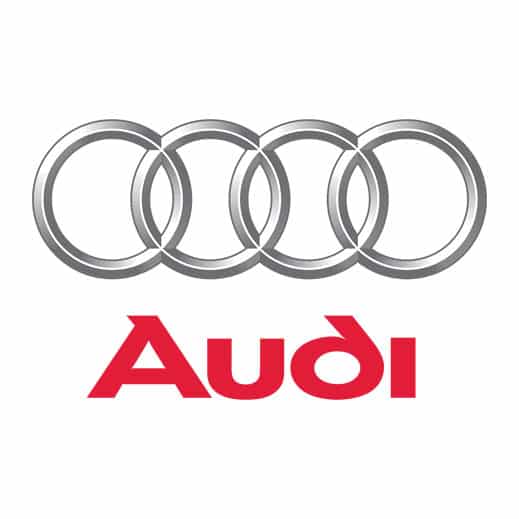 Audi A3 Xpel PPF Kits £50.00 – £135.00
Audi A3 Xpel PPF Kits £50.00 – £135.00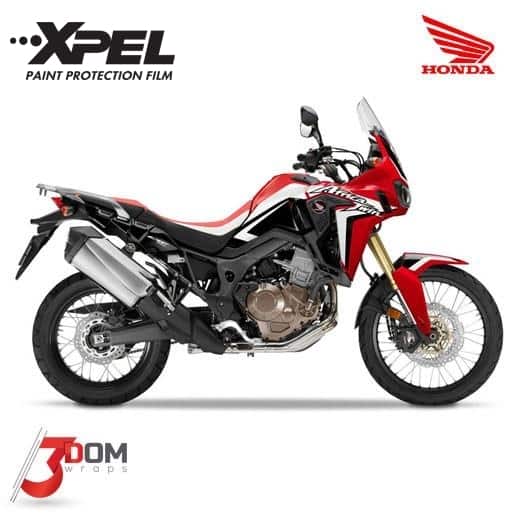 Honda CRF 1000L Africa Twin Xpel Paint Protection £50.00 – £105.00
Honda CRF 1000L Africa Twin Xpel Paint Protection £50.00 – £105.00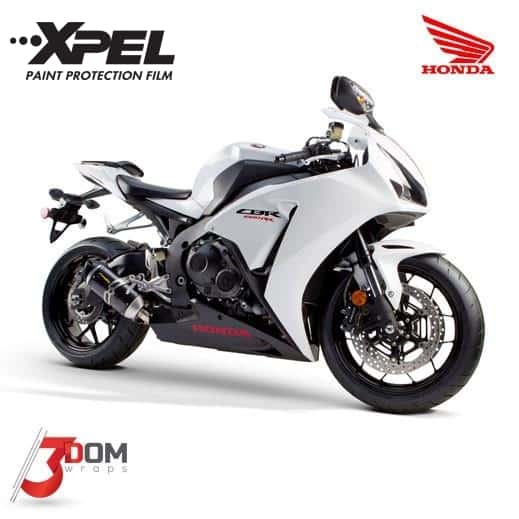 Honda CBR 1000 RR Fireblade 2015 Xpel PPF Film £50.00 – £105.00
Honda CBR 1000 RR Fireblade 2015 Xpel PPF Film £50.00 – £105.00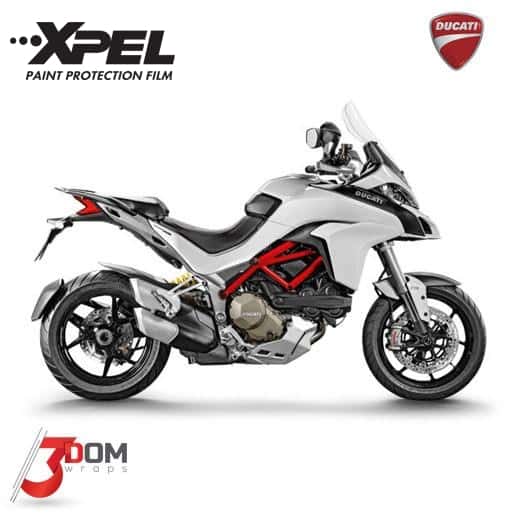 Ducati Multistrada 1200 2015 Xpel Paint Protection Film Kit £50.00 – £105.00
Ducati Multistrada 1200 2015 Xpel Paint Protection Film Kit £50.00 – £105.00
